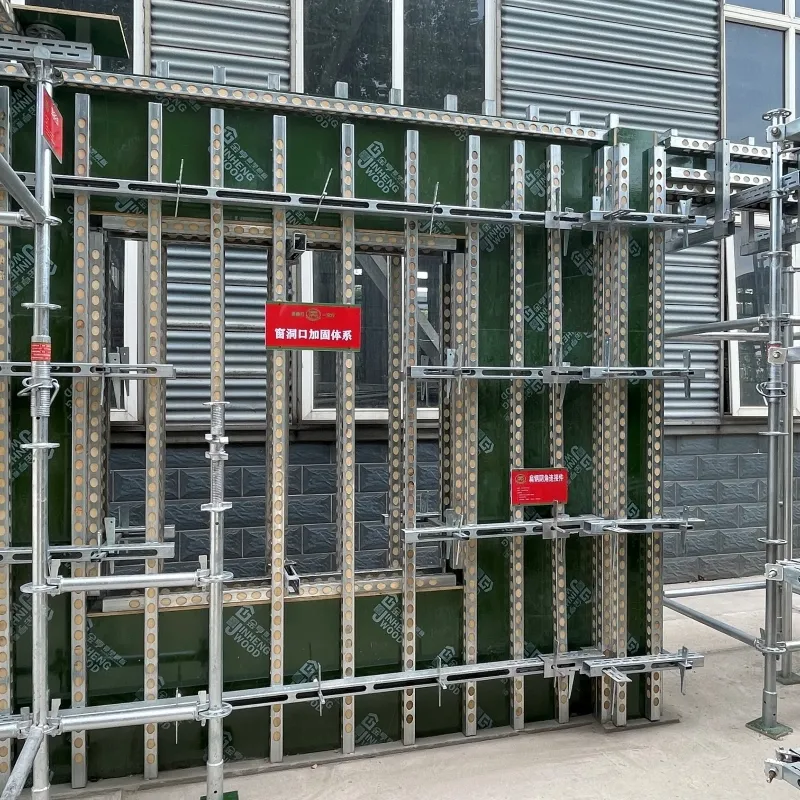
temporary scaffold
The Role of Temporary Scaffolds in Construction and Engineering
In the realm of construction and engineering, the term temporary scaffold refers to a temporary structure erected to support a work crew and materials during the construction, maintenance, or repair of a building or structure. Although these constructs are not a permanent fixture, their significance cannot be overstated. Temporary scaffolds serve not only to provide safety and stability, but also to enhance efficiency and effectiveness in various construction processes. This article will delve into the importance, types, safety measures, and advancements in temporary scaffolding, shedding light on a vital component of the construction industry.
Importance of Temporary Scaffolds
The primary purpose of temporary scaffolds is to provide safe access to elevated areas of construction sites. Many modern buildings are complex and multi-story, making it essential for workers to reach high places safely. Scaffolds offer various platform levels that allow workers to complete tasks like bricklaying, painting, plastering, and installing systems such as electrical wiring and plumbing. In addition to access, scaffolds support tools and materials, enabling workers to perform their tasks efficiently without the constant need to descend to the ground for equipment and supplies.
Moreover, scaffolds ensure that construction activities can continue smoothly, promoting productivity. By facilitating access to difficult-to-reach spots, scaffolding allows for simultaneous work on various levels of a project, reducing delays. If designed correctly, temporary scaffolds can also enhance workflow by offering a safe place to store materials, thus keeping the job site organized.
Types of Temporary Scaffolds
There are several types of temporary scaffolds, each tailored to meet specific needs within a construction project
. The most common include1. Supported Scaffolds These are the traditional types of scaffolding, which include platforms supported by beams and poles. They are the most widely used for general construction work.
2. Suspended Scaffolds These scaffolds are suspended from overhead structures and are often used for tasks like cleaning windows on tall buildings. They can be adjusted to different heights, making them ideal for high-rise buildings.
3. Rolling Scaffolds Equipped with wheels, these scaffolds can be moved easily around the job site. They are particularly useful for indoor construction or maintenance tasks that require frequent repositioning.
temporary scaffold

4. Cantilever Scaffolds This type extends out from a building without the use of ground support, making it suitable for areas where access is limited. They are often used for renovations or maintenance on existing structures.
Safety Considerations
While temporary scaffolds play a crucial role in construction, they also present significant safety hazards if not properly managed. According to occupational safety guidelines, several factors must be taken into account to ensure the safe use of scaffolding
1. Structural Integrity Before use, scaffolds should be thoroughly inspected to ensure they can support the anticipated loads, including workers, tools, and materials.
2. Training Workers must be properly trained in scaffolding safety practices, including how to set up, inspect, and use scaffolds effectively.
3. Fall Protection Measures such as guardrails or personal fall arrest systems should be in place to prevent falls from height, which are among the leading causes of injuries in construction.
4. Regular Inspections Daily inspections should be conducted to identify any structural issues or wear that could compromise safety.
Advancements in Scaffolding Technology
With the ongoing evolution of construction technologies, temporary scaffolding has also seen significant advancements. Innovations such as lightweight materials and modular designs have made scaffolds more efficient and easier to handle. Additionally, digital tools and software can assist in scaffolding planning, ensuring precise calculations regarding load-bearing capabilities and safety margins.
In conclusion, temporary scaffolds are an indispensable part of the construction landscape. They provide crucial support, enhance workflow, and ensure safety on job sites. With various types available to suit different needs and ongoing advancements in technology, scaffolding continues to adapt to the challenges of modern construction projects. Emphasizing safety and efficiency, the scaffolding industry remains a vital component in delivering high-quality and timely construction outcomes. As projects grow in complexity, the need for reliable and effective scaffolding will only continue to increase, shaping the future of the construction industry.
-
The Importance of Reinforcement Bar in ConstructionNewsJul.11,2025
-
The Durability of Timber Steel FurnitureNewsJul.11,2025
-
How to Assemble Fixed Clamp Scaffolding SafelyNewsJul.11,2025
-
Essential Column Rebar Specifications for High-Rise BuildingsNewsJul.11,2025
-
Common Applications of Steel Keels in ConstructionNewsJul.11,2025
-
Benefits of Using Aluminum Scaffolding Ladders Over SteelNewsJul.11,2025
-
Stainless Steel Keel: Analysis of the Triple Advantages of Rigidity, Stability, and LightweightNewsJun.19,2025










